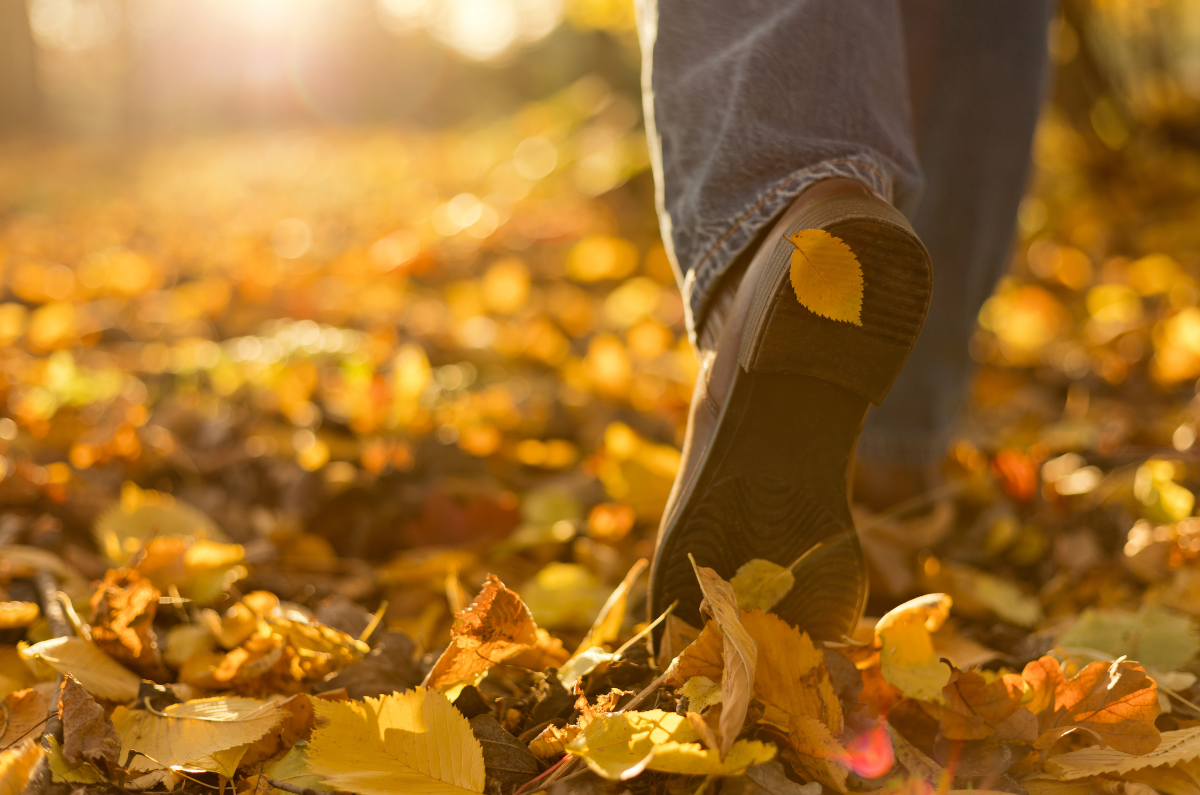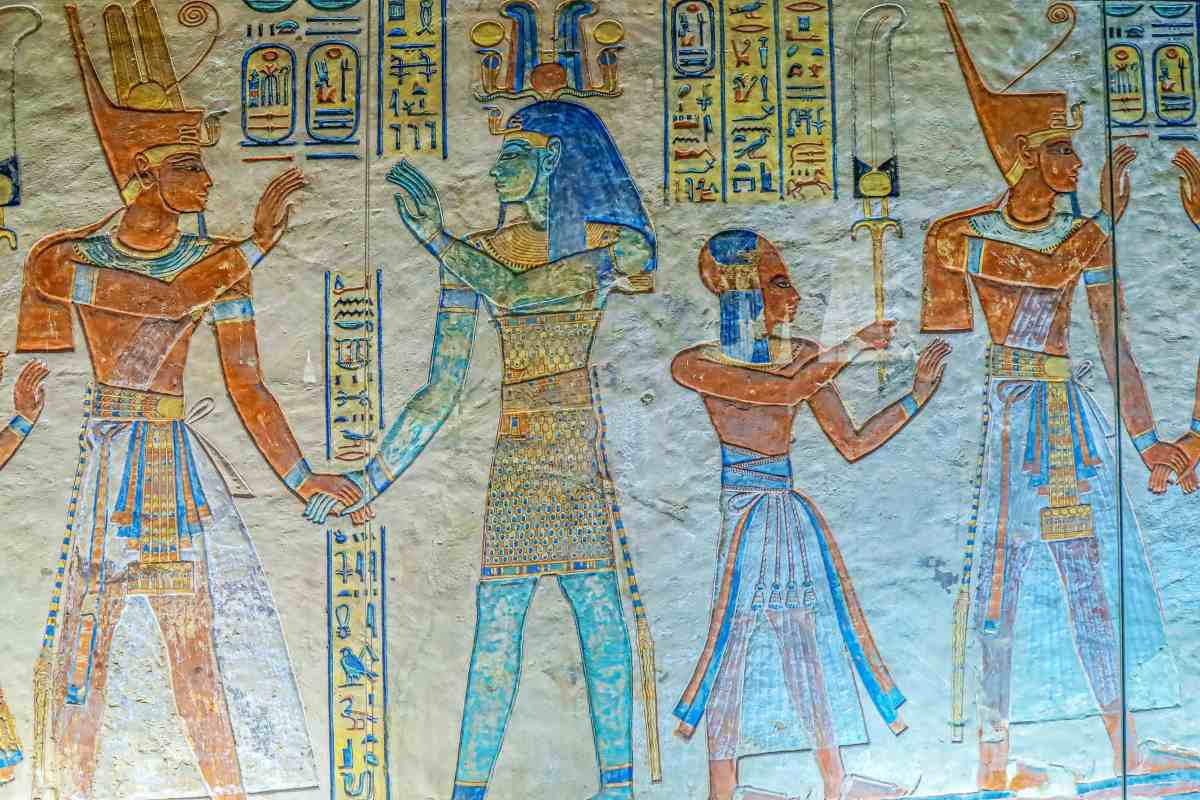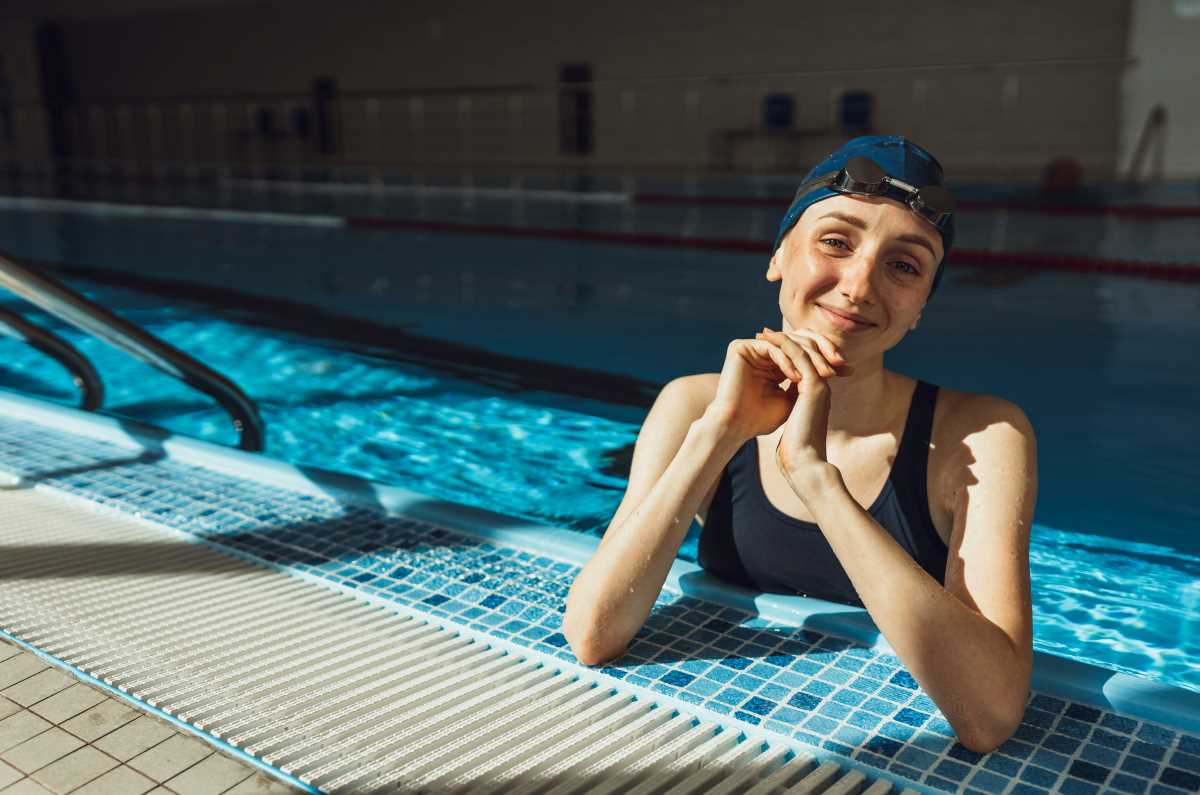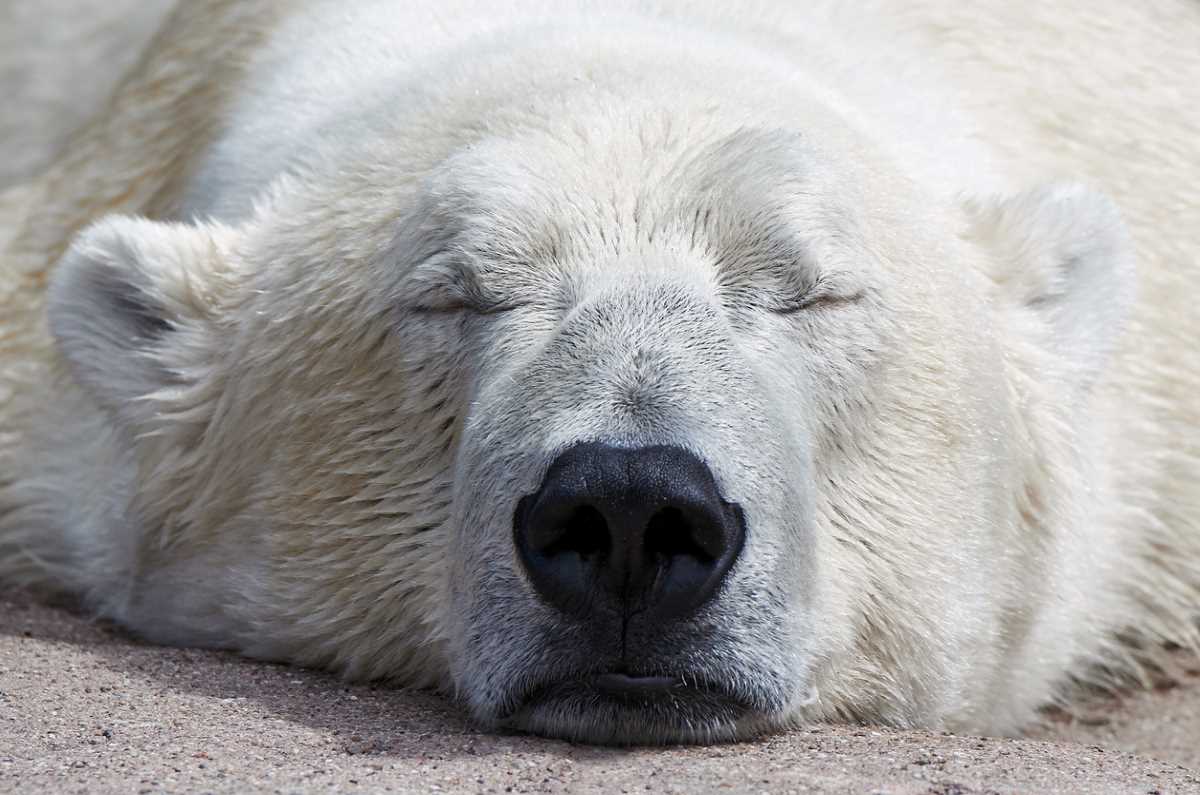How to keep up (or start) walking for health and pleasure when it’s cold outdoors
It’s not quite winter yet, but it sure feels like it!
And if you’re like me and love to get outdoors and walk, it can be a little tough staying motivated when it’s cold, wet and wintery. But there are things you can do to boost your motivation, stay active and even come to relish the experience of walking in colder weather.
But, I hear you ask, why would any sane person want to get off their warm, cosy couch, put aside the remote control and brave the elements??? Because exercise doesn’t take a break for the colder months 😐 and we need to engage in regular, consistent exercise year round.
And while it can be challenging at times, we all know how much better we feel after we hit the pool, go for a walk, or take part in an exercise class. Being active every day helps us manage our pain, get better quality sleep, and improve our mood. It also helps us manage our other health conditions. And it gets us out of the house so we can connect with others – our friends, teammates, gym buddies, and other people walking their dogs in the park.
Knowing all of that doesn’t make it easy though, so here are some strategies to help you get out there.
Timing is everything
Plan to go walk when your body has had a chance to loosen up. Do some stretches, or have a warm shower to relax your muscles and joints so you can walk more easily and with less pain. The Arthritis Foundation has some basic stretches you can use before you head out the door.
Dress for the weather
Your usual exercise gear may not cut it when it comes to walking in colder weather. You need to think layers. The clothes closest to your skin should draw moisture away from the skin (known as wicking) so your skin doesn’t stay damp. It should also dry quickly. Look on the labels for mention of wicking or polypropylene. Avoid cotton. When cotton clothes get wet, they stay wet, making you colder.
Next, add an insulating layer of fleece or wool to keep you warm. And finally, add a layer that will resist wind and rain. The beauty of layers is that you can take them off and put them back on if/when needed.
Choose bright colours so you’ll be seen through the fog and rain, even on the greyest days 👕👚🦺. And at the risk of losing my Melbournian status 😉, there’s something lovely about ditching the black clothes and wearing bright colours on a gloomy day.
There’s no such thing as bad weather, just the wrong clothing, so get yourself a sexy raincoat and live a little.“ Billy Connolly
Now accessorise!
I’m not talking bling here, 💎💍 though; like adding colour, bling can definitely brighten your day 😊. But I’m referring to appropriate socks and footwear. It’s best to wear walking shoes that are waterproof or dry quickly. And they need good traction – it can get very slippery out there! If you’ve got old shoes from last winter, check the soles to ensure they’re still ok.
It’s important to know that the walking shoes you wear in warmer months are unlikely to be suitable for walking in colder months. The tops of these shoes are generally a lightweight mesh that lets air in to keep your feet cool. Not what you need on a cold walk!
You also need to protect your extremities (this is a must if you have Raynaud’s). Wear gloves or mittens, a hat that covers your ears, a scarf, sunglasses and sunscreen. Even in the colder months, your skin can be damaged by the sun’s rays.
Oh, and depending on the length of the walk you’re planning, you might want to take a lightweight backpack or bag for your water bottle and to store any of the layers you remove.
Get a walking buddy
Having a buddy to walk with can be fun and boost your motivation on cold days. This could be your partner, kids, family, friend, neighbour, pet 🐕🐈, or a walking group.
Or go on your own
Sometimes you just need some time to yourself.
Be aware of the walking surfaces
Slips, trips and falls are enemies of anyone with a musculoskeletal condition. So we need to take care out there. Uneven surfaces, moss, wet leaves or mud on footpaths and trails, and slick tiles at the shopping centre can all be dangerous. So keep an eye on the surfaces. And check out this info from MyHealth.Alberta.ca for some tips to lower your risk of falling.
Explore new areas
Whenever you can, take the time to explore new walking paths, rail trails, parks, or neighbourhoods. It’s amazing what you discover when you go beyond your own backyard.
Always check BOM 💣
Visit the Bureau of Meteorology (BOM) or your weather channel of choice, and get the weather and rain forecast. This will help you dress appropriately and may also affect your timing. If you like walking in the rain, you may decide to head out regardless. But if you’re not a fan, the radar will give you an idea of when to go (just don’t forget your umbrella – just in case).
Take your phone
It’s handy for listening to music, podcasts, and audiobooks and taking pics of the things you discover on your walk. It’s also essential for safety. Unfortunately, accidents can happen to us all, so stay safe and take your phone in case you need help. Or so you can call someone to pick you up if the weather becomes nasty!! 🚗🚓🚕
Add some mindfulness to your walk
Much of the pleasure of walking outdoors comes from enjoying the beauty of the changing seasons. So on your next walk, focus on your surroundings and how you feel. Try using the 5, 4, 3, 2, 1 method. For example:
- What are 5 things you can see – e.g. the stripes on your gloves, the different hues of autumn leaves, a dog chasing a ball, fluffy clouds, ducks enjoying rain puddles.
- What are 4 things you can physically feel: e.g. your feet on the ground, your partner’s hand, the wind on your face, the way your stride lengthens as you get into your rhythm.
- What are 3 things you can hear: e.g. leaves crunching under your feet, children laughing, thunder in the distance.
- What are 2 things you can smell: e.g. cut grass, rain coming.
- What is 1 thing you can taste: e.g. your coffee traveller. ☕
Walk indoors
If you’re not a fan of exercising in cold and wet weather or you’re worried about slippery wet surfaces, walk indoors. Do laps of your home, hire/buy a treadmill, or walk briskly in your local shopping centre, gym or community centre.
Stay hydrated
Even though you may not be sweating as much as you would be on a hot day, your body is still losing water through your sweat and breathing. Take a water bottle with you and drink when you need to.
Set yourself a goal
If you’re still finding it hard to get motivated, set yourself a goal. It may be the ability to walk a certain distance without being out of breath or taking part in an upcoming fun run/walk. Choose something that matters to you, then create a SMART goal – that is, it’s Specific, Measurable, Achievable, Realistic and has a Timeframe. Read more about goal setting.
“Sunshine is delicious, rain is refreshing, wind braces us up, snow is exhilarating; there is really no such thing as bad weather, only different kinds of good weather.” John Ruskin
Contact our free national Help Line
Call our nurses if you have questions about managing your pain, musculoskeletal condition, treatment options, mental health issues, telehealth, or accessing services. They’re available Monday to Thursday between 9am-5pm on 1800 263 265 or email (helpline@msk.org.au) or via Messenger.
More to explore
- 10 tips for cold weather exercise with arthritis
Arthritis Foundation - Bad weather is good for you: take a walk in the wind and rain
The Guardian - Exercising when it’s cold out
Musculoskeletal Australia - How to stay warm on a winter walk
National Trust (UK) - Just keep walking
Musculoskeletal Australia - No excuses: How to layer up for walking in cold weather
Harvard Health Publishing - The benefits of winter walking for arthritis
Arthritis Foundation - The wonders of winter walking
British Heart Foundation - Winter walking tips: Lower your risk of falling
Alberta Health Services










 .
.








